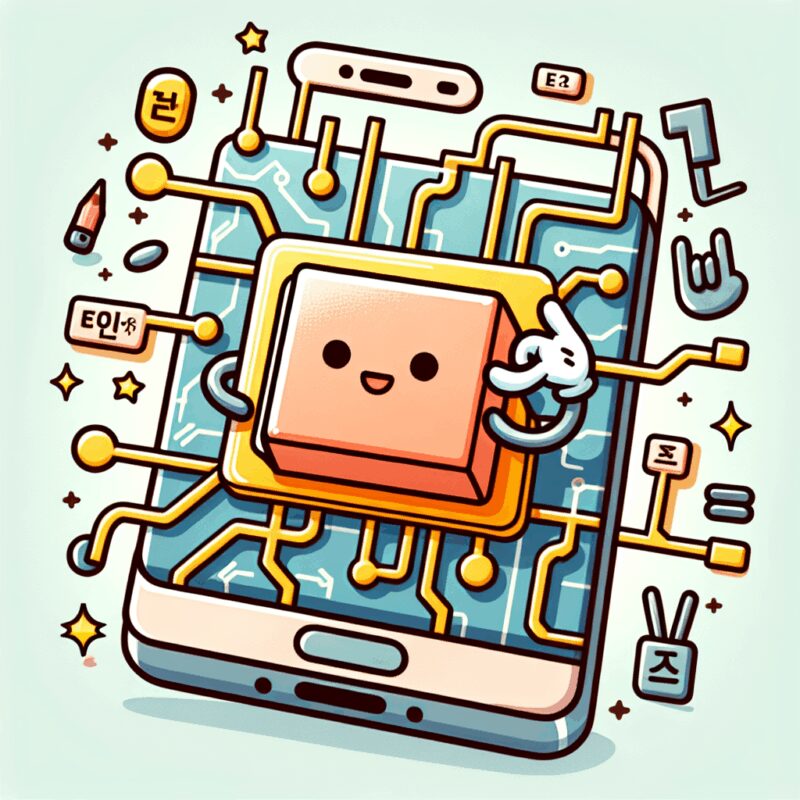
What are Topological Insulators?
Imagine a world where electricity behaves like water flowing through pipes, but with a twist. In this world, certain materials, known as topological insulators, allow electricity to flow only along their surfaces or edges, while their insides act as perfect insulators. Topological insulators are unique because they break the conventional rules of how electricity should behave in materials. These materials have captured the imagination of scientists and engineers alike, as they promise to revolutionize technologies and lead to new discoveries in quantum physics.
Understanding the Basics
To grasp the concept of topological insulators, it helps to think of them as a special kind of playground slide. Normally, slides are designed for children to slide down from the top to the bottom, with the sides preventing any movement. Now, imagine a magical slide where the only way to slide is around the edges, while the center is completely off-limits. This is akin to how electrons move in topological insulators, traveling only along the edges or surfaces while the bulk remains non-conductive.
Quantum Electrodynamic Interpretation of Van der Waals InteractionBoundary State Protection
The magic of topological insulators lies in boundary state protection. This principle ensures that the electrical states at the surface or edges of the material are robust and immune to disturbances. Think of it like a narrow path along the side of a mountain, protected by an invisible shield that prevents rocks from falling onto the path. This shield keeps the path clear and safe for travelers (or in this case, electrons) to pass smoothly.
Why It Matters
The boundary state protection principle is crucial because it makes topological insulators incredibly resistant to imperfections and impurities. Unlike regular conductors, where any small defect can disrupt the flow of electricity, topological insulators maintain their conductive properties even when there are bumps and scratches. This stability is invaluable for developing reliable electronic devices and exploring new realms of quantum computing.
Mathematical Derivation of Hawking Radiation ProcessReal-World Applications
Topological insulators hold immense potential for real-world applications. One promising area is in the development of low-power electronics. Since these materials allow for efficient edge conduction without energy loss, they could lead to the creation of devices that consume far less power than current technologies. Additionally, in the realm of quantum computing, topological insulators offer a pathway to creating qubits that are less prone to errors, potentially revolutionizing how information is processed and stored.
Quantum Electrodynamic Interpretation of Van der Waals Interaction
Challenges and Research
Despite their promising potential, there are challenges to overcome in harnessing the full power of topological insulators. Scientists are continuously researching ways to identify new materials that exhibit these special properties and to understand the complex physics underlying their behavior. This ongoing research is vital for translating the fascinating properties of topological insulators into practical technologies that can benefit society.
Future Directions
The future of topological insulators is bright and full of possibilities. Researchers are exploring new ways to combine these materials with other technologies, such as superconductors, to create hybrid systems with even more remarkable properties. Additionally, advances in material science and nanotechnology are expected to lead to the discovery of new topological phases and materials, further expanding the horizons of what can be achieved.
Vertex Amplitude Structure in Spin Foam Quantum GravityConclusion
Topological insulators are more than just scientific curiosities; they represent a new frontier in material science and quantum physics. By understanding the principles of boundary state protection and the unique conductive properties of these materials, scientists and engineers can unlock new technological advancements that were previously thought impossible. As research continues to unfold, topological insulators are set to play a pivotal role in shaping the future of electronics and beyond.
관련 글: Quantum Electrodynamic Interpretation of Van der Waals Interaction
Proton Decay Predictions in Grand Unified Theories
[…] Boundary State Protection Principle in Topological Insulators […]